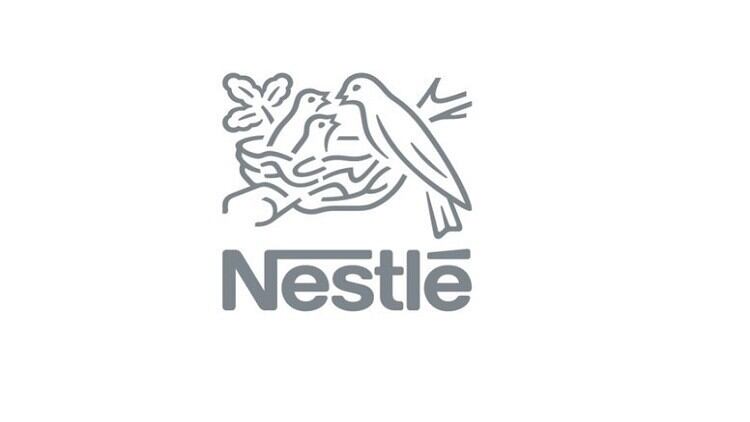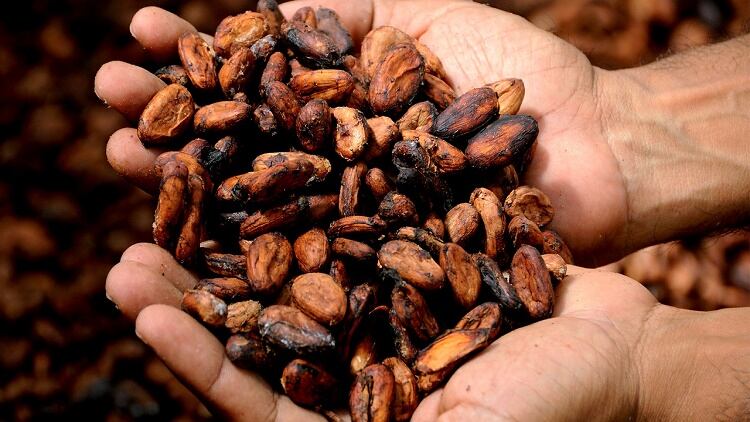At a recent panel session titled ‘Green and blue — A cleaner cold chain for climate change’, Vikas Anand (Danfoss Head of DCS, APR and India), Gwyneth Fries (Agility Senior Manager, Corporate Social Responsibility), Jamil Khan (Lazada Singapore Executive Vice President Logistics) and Dexter Huerto (Danfoss Cooling Asia Pacific & India Manager, Segment Marketing) shared their views on how cold chain operations could become more environmentally friendly
Here are the three key takeaways from the event.
1) Natural refrigerants the way forward
Natural refrigerants were a major point of discussion, with the panellists agreeing that widespread acceptance and incorporation of this was crucial to establishing sustainable cold chain operations.
“It is very clear that the future is going to go towards a low Global Warming Potential (GWP) direction,” said Anand.
“The future lies in natural refrigerants, because it is some 20% more efficient than conventional freon refrigerants.”
Freon is the registered trademark for halocarbon products commonly used as refrigerants, such as hydrofluorocarbon (HFC), hydrochlorofluorocarbon (HCFC) and chlorofluorocarbon (CFC) which are also known greenhouse gases that impact the ozone layer.
“[That said], the only way [widespread GWP in cold chain] will happen is through regulations and innovation [especially in] industries such as processing and dairy where the demand for temperature [control] is very, very high],” said Anand
He added that acceptance of natural refrigeration was on the rise, especially in Asia Pacific where the climate is warmer, and especially in supermarket chains like Coles and Woolworths.
“[The technologies surrounding this] are evolving, and as these become more adapted for local use and more cost effective, acceptance will [naturally also rise].”
Natural refrigerants are those found in natural sources such as carbon dioxide, ammonia and some hydrocarbons. These are said to be more environmentally friendly than traditional refrigerants due to reduced impact on the ozone layer.
2) Green cooling and innovation crucial
Fries pointed out that the biggest challenge faced by ‘clean cold’ is that the logistics industry is ‘not really set up in a good way for green innovation’.
“Customers increasingly want flexibility, and to fulfil this we need to be agile. [As a provider] we have a competitive advantage if we can manage [demands and changes] quickly, [and] the only way to do that is by not owning any assets and by looking for short term contracts,” she said.
“This leasing model makes it hard to [make any permanent or long term changes]. You would need a long-term lease and contract or to own your own assets and a customer that cares [enough about sustainability to make this a priority].
“All the stars need to align in order for green cooling and innovation to happen in the logistics industry. It would also be very difficult to make any change without the enforcement of government regulations.”
That said, some companies are already making significant strides in the areas. An example is online grocery store Redmart, which advertised complete cold chain as a value proposition in its ‘Freshness Recognition’ marketing campaign earlier this year.
“Fresh food is very important to [Redmart] as it creates the frequency of returning customers to us daily and especially in Singapore, customers are very demanding in terms of quality and freshness,” said Khan.
“We first challenged the necessity of having a specialised cold-chain truck – why do you need a truck that is fully frozen or fully fresh all the way through, especially as it burns so much energy to maintain that coldness?
“After some 2,000 tests, we came up with a solution to move products from A to B that we are using in 100,000s of trucks and none of these actually have any cold chain. Instead, we use ice plates that we freeze in an existing chamber being used to store frozen products, and recycle those.
“We tailor according to delivery by using as many as necessary [depending on logistics and duration], and have also built a special material designed to contain temperature for a good 17 hours, the thickness of which will affect energy conservation.”
Redmart was recently acquired by Lazada, which was previously acquired by online giant Alibaba. The customer-facing interfaces of Lazada and Redmart were merged last month.
3) Cold chain digitisation to bring value
Digitisation was also highlighted by the panel as a possible way forward in cold chain sustainability
“Cold chain as an industry has really started to accept that digitization really brings a lot of value,” said Anand.
“From an industry perspective, we see that bringing in smart solutions creates a lot of value for businesses and stakeholders. Intelligent monitoring of the cold chain could bring zero emission and [smart tracking] can improve energy usage and food safety.”
A key technology mentioned was that of machine self-learning and adaptation for solutions, so as to help with preventative maintenance.
“The Internet of Things (IoT) will also be the future in cold chain, [in terms of areas such as] temperature tracking, food safety and quality and reducing food wastage,” he said.
The panel session took part at a Danfoss event in Singapore, and was moderated by Robin Hicks, Deupty Editor of Eco-Business.




